By: Abel Peña Peña
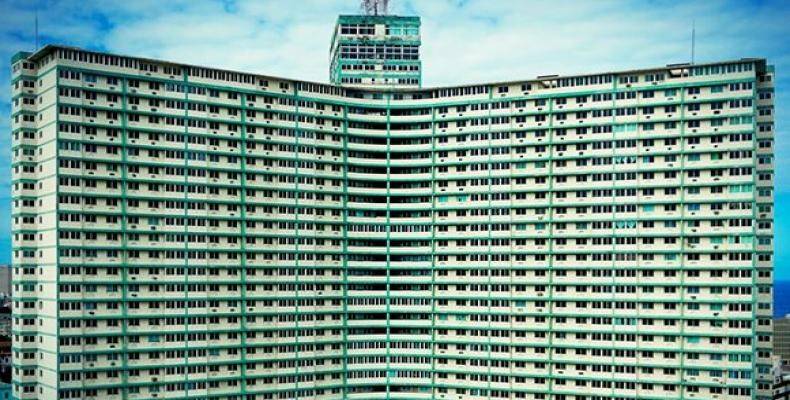
Focsa Building
In 1997 the Society of Civil Engineering of the National Union of Architects and Construction Engineers of Cuba evaluated 37 civil engineering projects to award the seven that were most exceptional. The seven selected architectural wonders were: Albear Aqueduct, the Havana Sewer Siphon, the Central Road, the FOCSA Building, Havana Tunnel, Bacunayagua Bridge, and La Farola Viaduct. These seven architectural wonders constitute instances of superior human skillfulness and engineering expansion. They are at the same time an example of how need propels us to research and design creative and convenient solutions to our difficulties. Here is an overview of these wonders, some of which you may see (and benefit from) during your time in Cuba.
Albear Aqueduct (Acueducto de Albear)
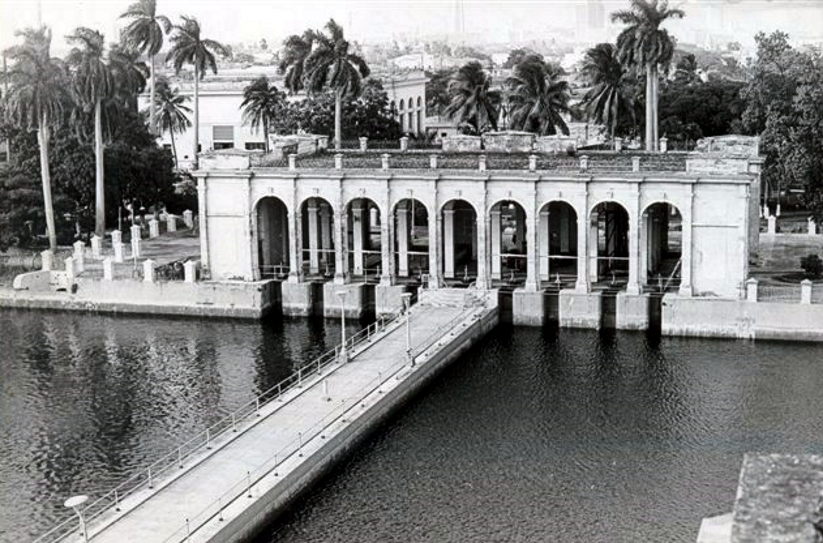
Palatino Deposit, part of the Albear Aqueduct. Photo credit: Wikipedia
Inaugurated in 1893, it was constructed to address the water shortage in Havana, one of the greatest problems facing the European settlers. Colonel Engineer Francisco de Albear y Lara designed the aqueduct to meet the water requirement of 100,000 inhabitants of Havana in colonial times. Today, nearly 130 years later, it is still in operation and still provides an inestimable service to Havana, supplying nearly 20 percent of water consumption in the city.
The Havana Sewer Siphon (Túnel del Alcantarillado de la Habana)
Prior to the creation of this wonder of civil engineering at the beginning of the 20th century, the old sanitary sewers emptied into the Bay of Havana causing contamination and bad odours. The need for an adequate sanitary sewer system lead to construction of the Havana Sewer Siphon, inaugurated in 1912, which pumps the sewage to the northeast coastline of Havana. It was recently restored, maintaining its extremely important functionality for over 100 years.
The Central Road (Carretera Central)
Being the only road connecting the country from west to east, the road was born of the need to unite the island by an asphalted surface. It extends around 1,100Km, and it was built between 1927 and 1931. Today all Cubans and foreign travellers wanting to visit the east by land enjoy the beautiful views that this wonder of civil engineering offers on its path.
FOCSA Building (el Edificio Focsa)
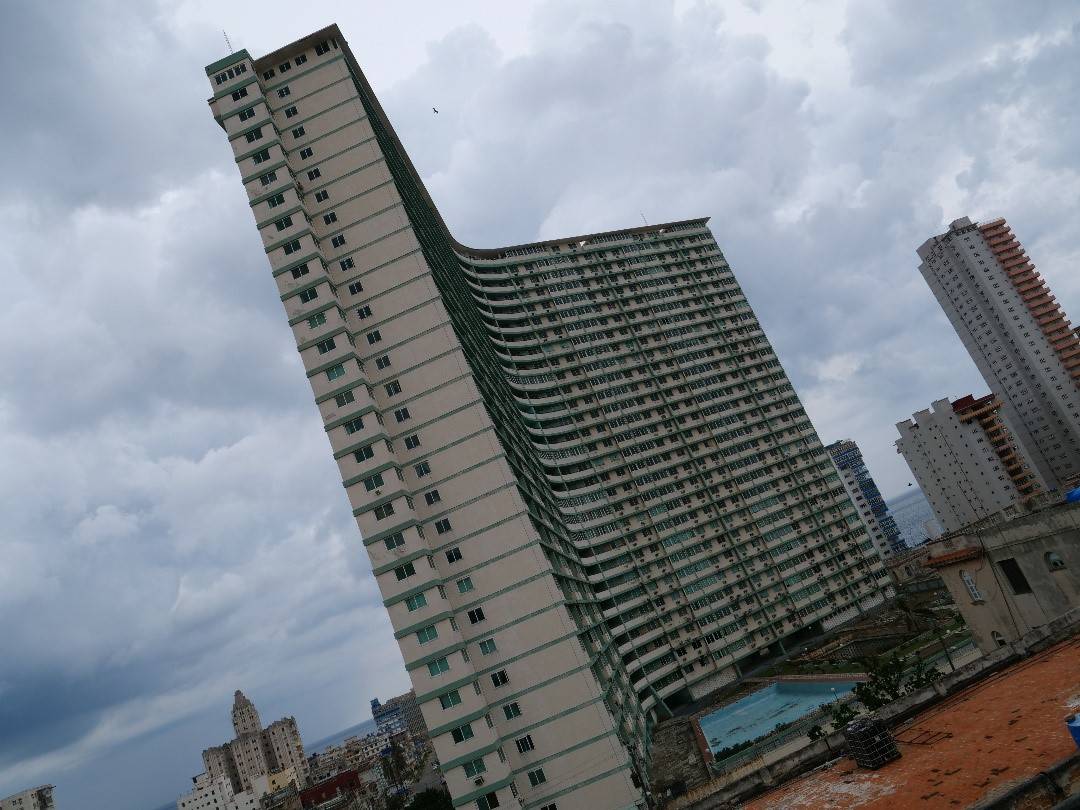
The Focsa Building where we have our offices. Photo credit: Saul Arizaga
The original idea for this building was to be a city within the city, where residents would have all the shops, businesses, and entertainment they needed within the complex. Located in the heart of the modern Havana; its completion arrived in 1956 with 39 floors, 121 meters above street level, and 373 apartments. It constituted the second-largest concrete structure of its type in the world at the time. It is also the largest reinforced concrete building of Cuba; and its majesty still continues being an attraction for those who visit the capital of the country. There are still many services you can find in the building, such as the currency exchange house, Etecsa for purchasing wifi cards or phone services, and most importantly, it’s where we have our offices!
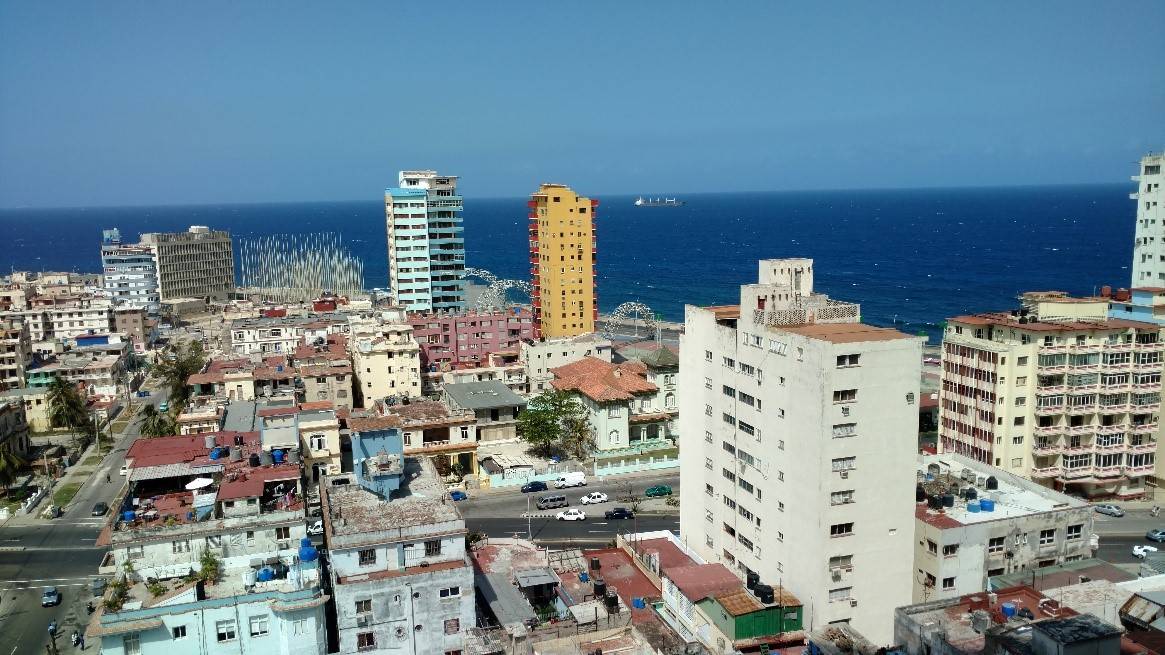
View from our offices on the 12th floor of the FOCSA
Havana Tunnel (Túnel de la Habana)
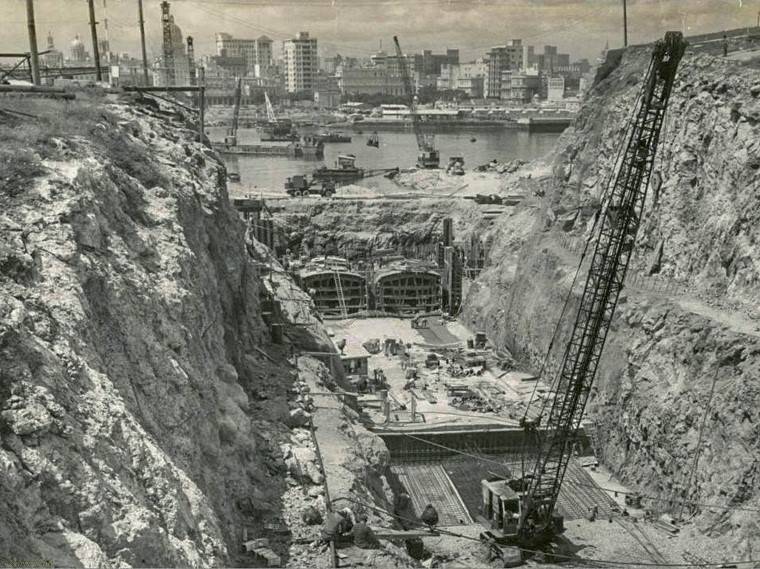
Construction of Havana Tunnel. Photo credit: radiorebelde.cu
Havana Tunnel was built between 1956 and 1958, extending 773 meters at a depth of 12 to 14 meters below the sea. It was a vital necessity for the city because prior to its construction commuters had to skirt the bay to get to the capital, and the roads were congested. The tunnel saved 25km of travel and the easy access through the bay allowed for urbanization of Playas del Este, the eastern side of Havana. The tunnel was built by a French company in partnership with Cuban engineer Jose Menéndez Menéndez, the architect who successfully accomplished this wonder of engineering with unsurpassable perfection.
Bacunayagua Bridge (Puente de Bacunayagua)
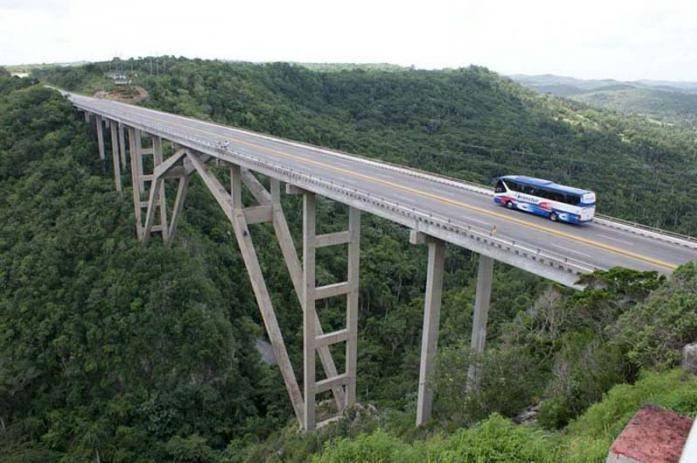
Bacunayagua Bridge. Photo credit: Ventura de Jesús García (from Granma)
Engineer Luis Sáenz Duplace was the main executor of this bridge which connects the provinces of Matanzas and Mayabeque. Inaugurated on September 26th 1959, construction began in 1956 and it is the highest and longest bridge in Cuba standing 110 meters above the valley floor and spanning a length of 314 meters. It gives a beautiful view of Yumurí Valley. On the Mayabeque side there is a restaurant with an observation deck, many say here is where they have the best piña coladas. The bridge was restored for the first time in 1976 and again recently in 2015.
La Farola Viaduct (Viaducto de la Farola)
Baracoa, the first town established in Cuba by the Spanish, is located on the eastern most part of the island and prior to 1965 was accessible only by sea or using donkeys and mules. This road was created to make it possible to travel from Guantanamo to Baracoa by vehicle. Views from the road are unique and magnificent, showing the talent and effort of the hard-working giants of engineering.


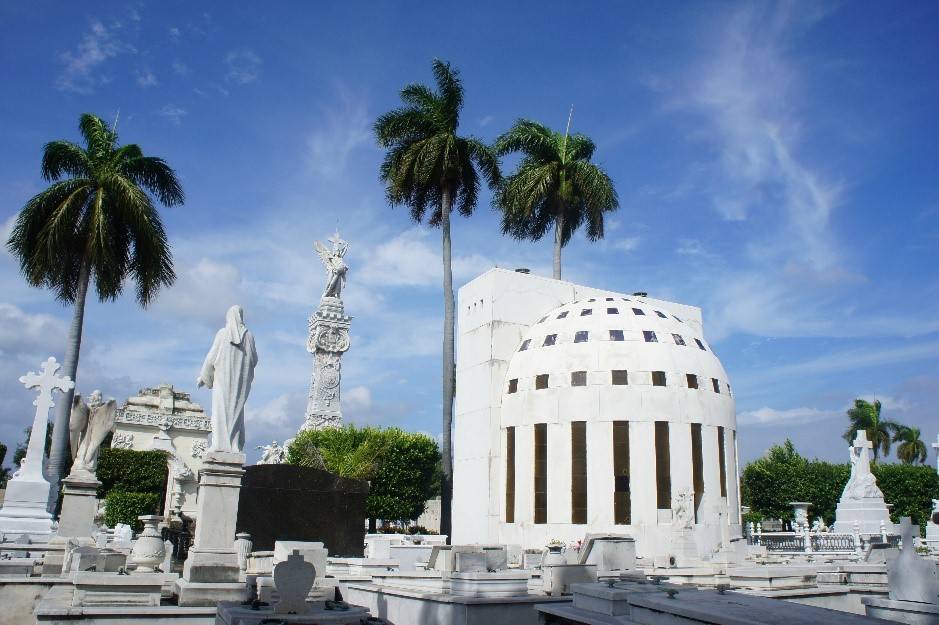


Comments
Be the first to comment!